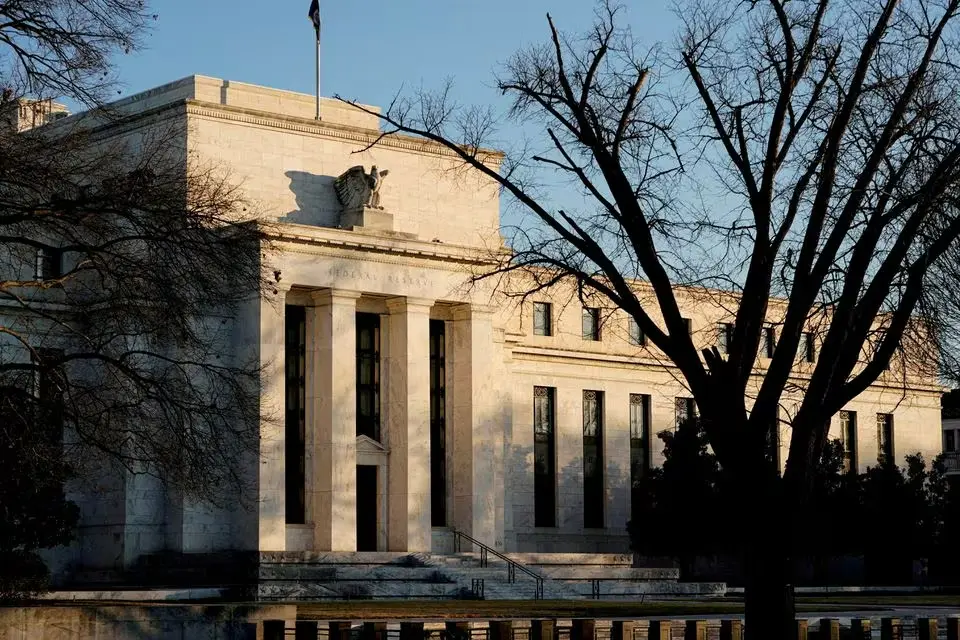Elections may tweak sequencing of 2024 rate cuts

LONDON, Dec 15 (Reuters) – Few central bank watchers think the electoral cycle will change the course of monetary policy – but it could complicate the precise timing of interest rate moves next year.
Now that markets seem convinced rate cuts are coming in 2024 in the U.S. and Britain, many are pondering just how elections in both countries may affect the sequencing – rather than the direction per se.
The Federal Reserve lit the rate-cut fuse on Wednesday as 11 of its 19 policymakers penciled in 75 basis points or more of rate cuts next year – despite cloaking the public message with words of vigilance about above-target inflation and not declaring victory just yet.
The Bank of England, still dogged by inflation well over a percentage point above the U.S. equivalent, was far more reluctant to sound the rate-cut klaxon – preferring to push back against overzealous market expectations for now.
But markets still expect both the Fed and European Central Bank to deliver up to 150 basis points and 110 basis points of cuts, respectively, through a year that contains a U.S. presidential election in November and – according to UK bookmakers at least – a likely UK election in the fourth quarter or possibly even as soon as the second quarter.
Jealously guarding their operational independence from the political process and insisting on hard-nosed analysis that follows strict mandates, both the Fed and BoE repeatedly deny any influence whatsoever from polling dates. Maybe so. But it’s that very sensitivity to accusations of bias either way toward incumbent governments that may, at the margin at least, affect the timing of possible changes in credit policy just ahead of a public vote where the state of the economy, savings returns, and borrowing may be influential issues.
View the rest of this article on Reuters at https://www.reuters.com/markets/us/elections-may-tweak-sequencing-2024-rate-cuts-mike-dolan-2023-12-15
